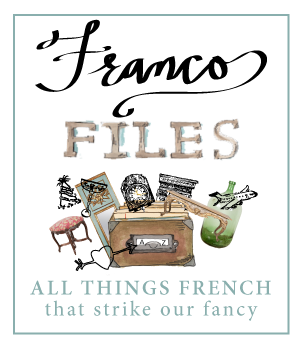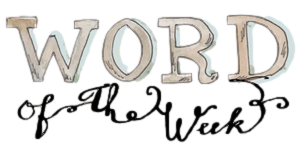

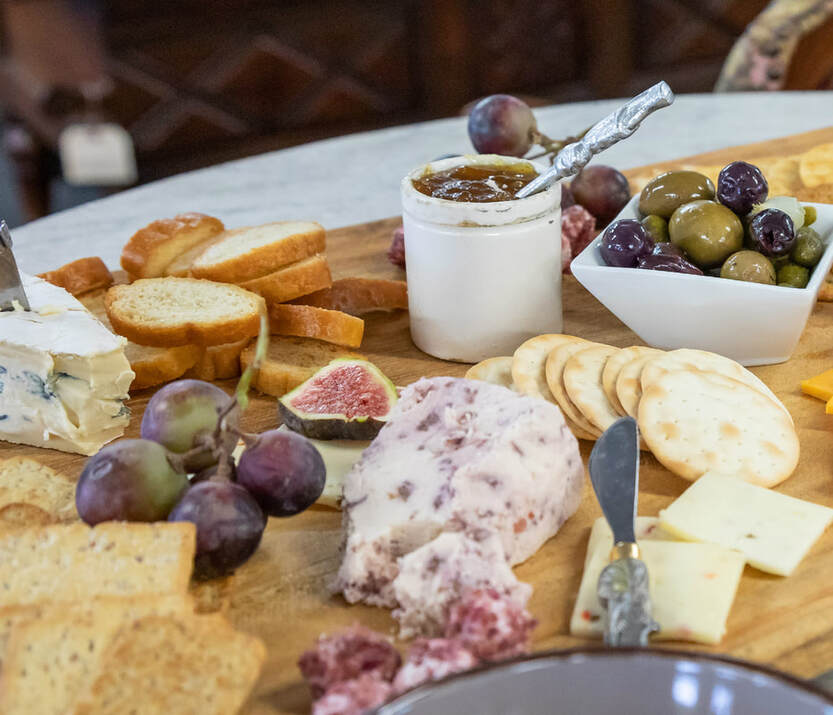
Rustic yet refined: charcuterie boards balance meats, cheeses, and accoutrements for that effortless French je ne sais quoi.
A Culinary Art Born from Necessity
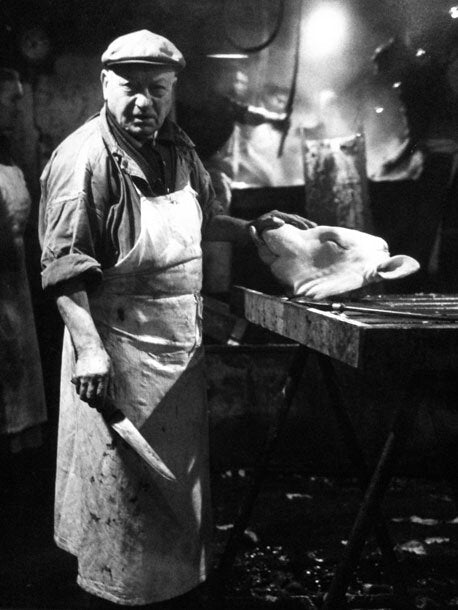
Where the rules of the charcutiers were written in smoke and salt — Scalding Room, Rue Sauval, Les Halles, Paris, 1968. Photo by Robert Doisneau
Rules of the Charcutiers
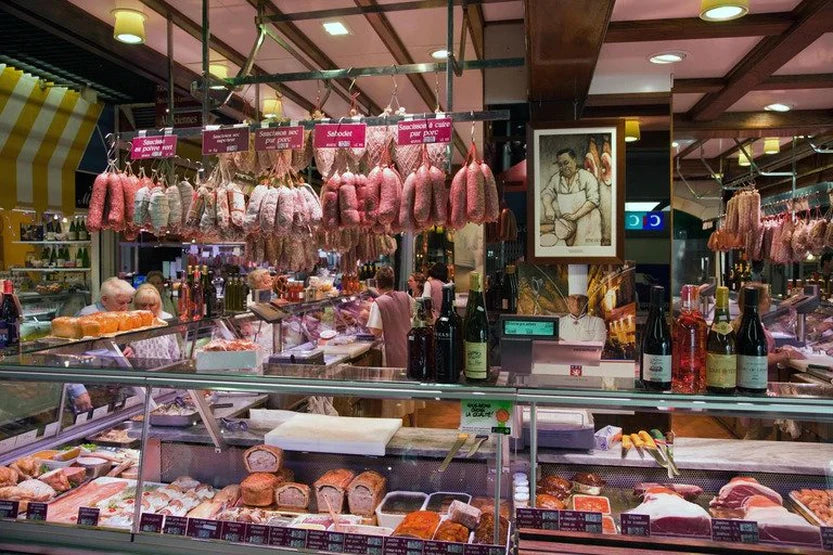
Charcuterie Sibilia, Les Halles de Lyon — where rows of saucissons still tempt hungry shoppers.
From Shop Window to Entertaining Essential
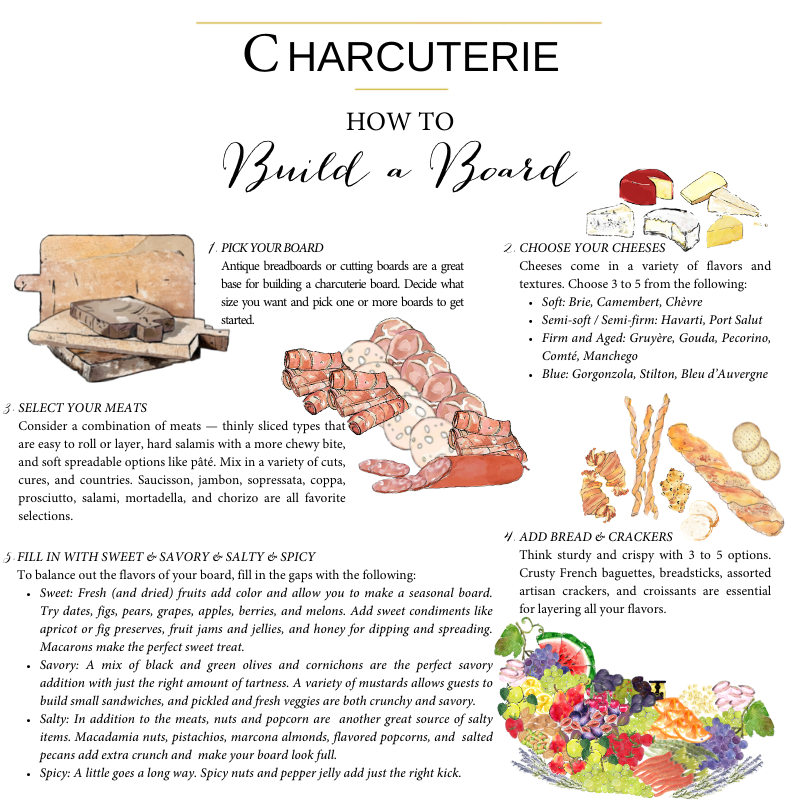
Game On: Build the Board Like a Pro
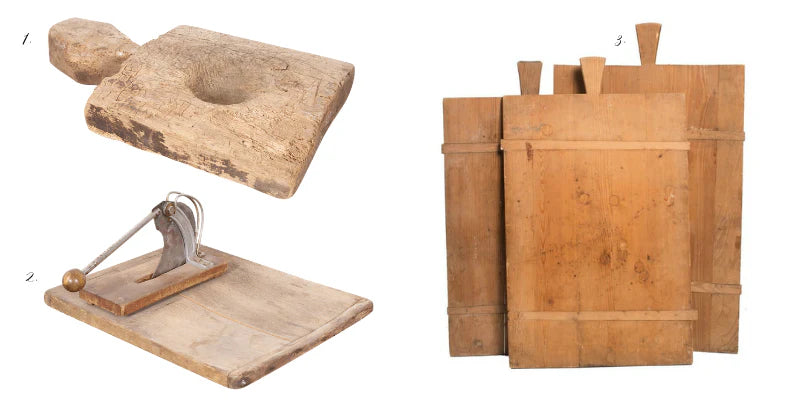
1. Large 18th Century Rustic Country French Cutting Board or Chopping Block with Well / Item #LO3193A / Lolo French Antiques et More
2. Early 20th Century French Country Guillotine Style Bread Cutter with Board / Item #LO3192 / Lolo French Antiques et More
3. Country French Style Breadboards / Item #LFA223 / Lolo French Antiques et More
Wrap It Up
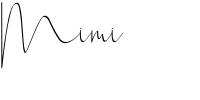

Browse the Full Series
See all Word of the Week posts →
See all Word of the Week posts →

Browse the Full Series
See all Double Vision posts →
See all Double Vision posts →






